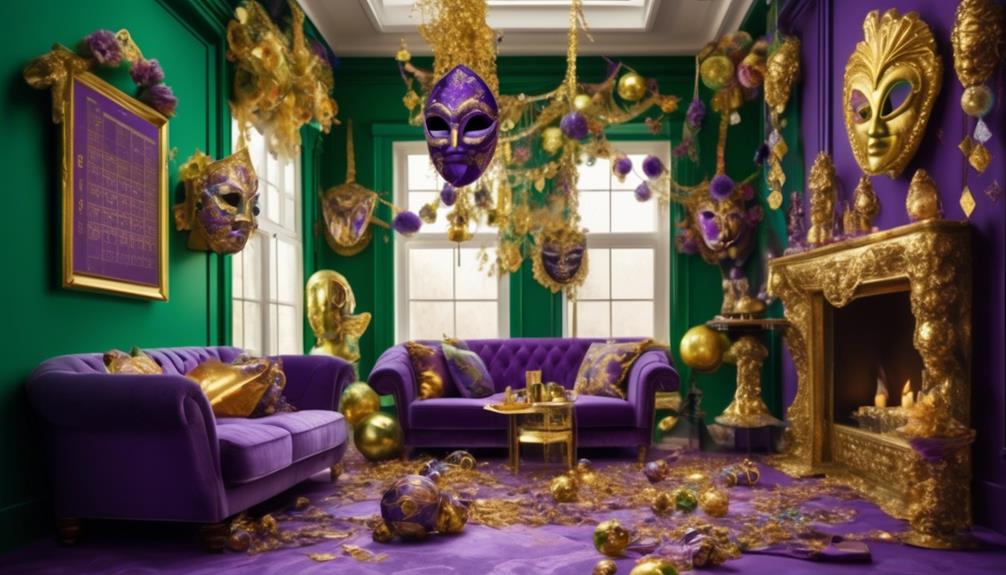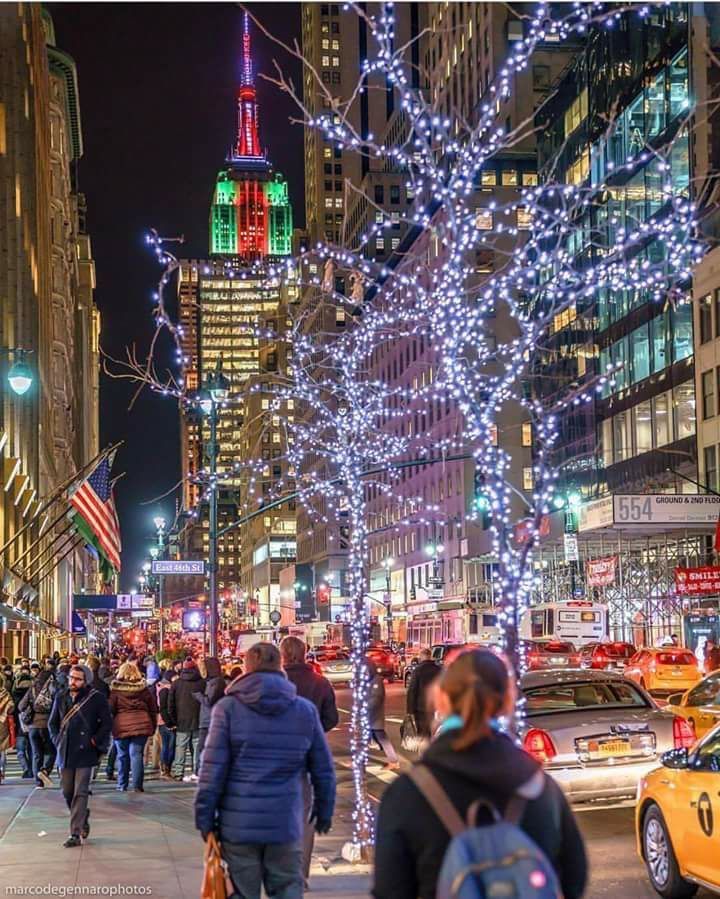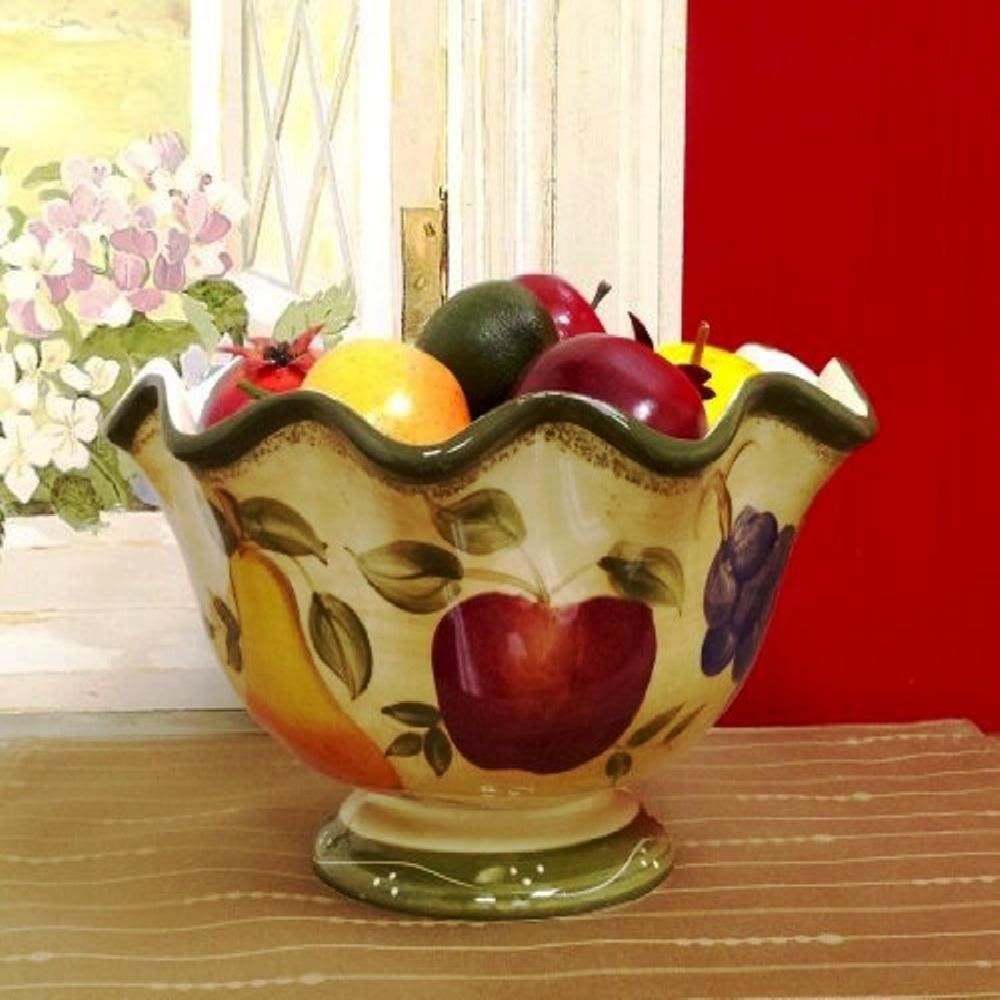Why Skulls are Decorated for Day of the Dead
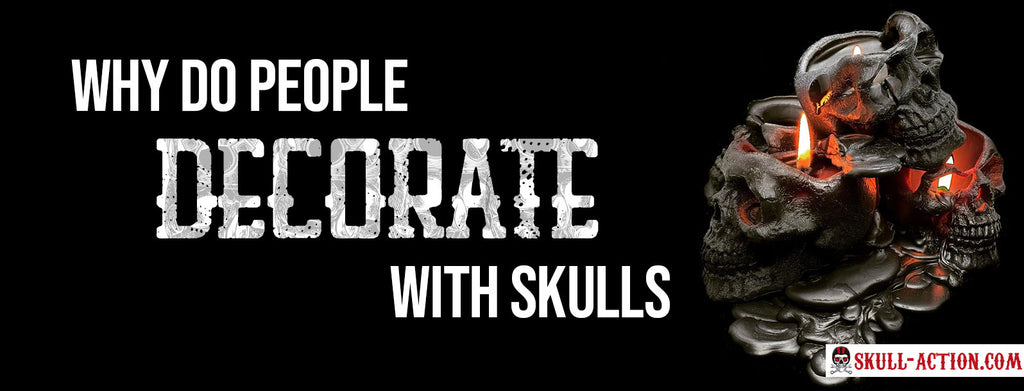
Why Skulls are Decorated for Day of the Dead

The Day of the Dead, or Día de los Muertos, is a rich and vibrant cultural tradition originating from Mexico, but it's now celebrated in many parts of the world, including the United States, Canada, and beyond. This annual event, primarily observed on November 1st and 2nd, is a time when families and communities come together to honor and remember their deceased loved ones. A central and striking element of this celebration is the use of decorated skulls, both real and represented through various art forms. But why are skulls, symbols commonly associated with death, transformed into colorful, joyous icons during this celebration?
Understanding the Cultural Significance

At its core, the Day of the Dead is not about mourning but rather celebrating life, death, and the cycle of existence. Here's why skulls are so pivotal:
- Embrace of Mortality: Unlike Western cultures where death might be viewed with fear or discomfort, the Day of the Dead embraces mortality as a natural part of life. Decorating skulls is a way to say, "I'm not afraid of death; I accept it as part of our journey."
- Satire and Humor: The colorful, elaborate decorations often include elements of satire and humor. This approach not only diminishes the fear of death but also reflects a playful interaction with the concept. The decorations symbolize life's various stages, from youth to old age, portrayed with a touch of light-heartedness.
- Remembrance and Tribute: Skulls are decorated to represent loved ones who have passed away, serving as a tribute. They can be personalized with names, messages, or items that were significant to the deceased, bringing them back in memory for one more day of togetherness.
- A Memento Mori: The skull, or calavera in Spanish, acts as a memento mori, a reminder of the inevitability of death, encouraging the living to celebrate life while they can.
The Art of Decorating Skulls

The art of decorating skulls for Day of the Dead involves intricate and colorful designs, and it's an art form in itself:
- Sugar Skulls (Calaveras de Azúcar): Perhaps the most iconic form, sugar skulls are crafted from sugar molds, decorated with colorful icing, and often adorned with foil accents and paper flowers. They represent a departed soul and are placed on altars as an offering.
- Mask Making: Creating skull masks, or calacas, using clay, paper-mâché, or ceramics allows for detailed painting and decoration, showcasing the individuality of the deceased or even humorously depicting oneself.
- Altar Decorations: Real human skulls were once used, but today, replicas or decorative items like skull candles, beads, or even artwork adorn the ofrendas (altars) where families remember their loved ones.
The Symbolism in Decoration

Each element of the skull decoration carries symbolic meaning:
- Color: Bright colors are used not just for decoration but to symbolize life, vibrancy, and the cycle of existence. Each color can hold its own significance, like blue for love, yellow for death, or white for purity.
- Flowers: Marigold flowers, known as Cempasúchil, are often used. Their bright colors and scent are believed to guide the spirits back to their families.
- Food Offerings: Placing food near or on the skulls is an invitation for the spirits to join the family for a meal.
- Nombre: Personalizing skulls with names connects the physical with the spiritual, serving as an intimate tribute.
Each decoration is meticulously chosen to represent not just death but the ongoing connection between life and afterlife.
The Role of Skulls in Day of the Dead Celebrations

Skulls are integral to Day of the Dead celebrations in various forms:
- Parades and Processions: People often dress up as skeletons or skull characters, participating in parades and processions that bring the festival to life.
- Home Altars (Ofrendas): Skulls are a prominent feature in the ofrendas, alongside photos, personal belongings, and other offerings, symbolizing the return of the dead.
- Cultural Symbolism: Skulls become emblematic of the broader cultural message of remembering, celebrating, and laughing at death, rather than fearing it.
🎨 Note: If you're interested in crafting your own sugar skulls, make sure to use food-safe materials for the decorations, especially if they'll be consumed or kept as a keepsake.
The Day of the Dead's transformation of the skull from a symbol of death into an icon of celebration is a testament to the cultural resilience and creative spirit of its practitioners. By decorating skulls, we not only honor the dead but also engage with themes of life, death, and the bonds that transcend time. Through this celebration, skulls become a canvas for remembrance, artistry, and the ongoing dialogue between the living and the departed.
Wrapping Up
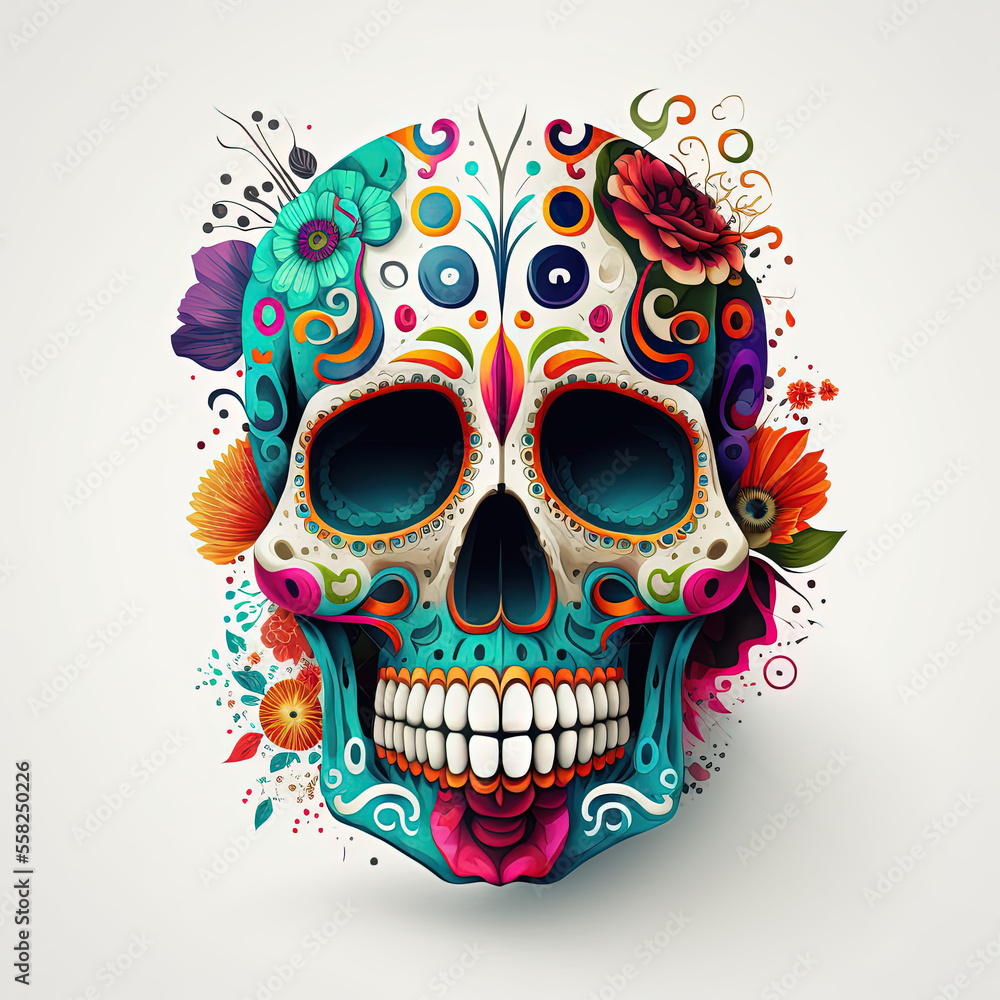
Day of the Dead transforms the skull from a symbol of morbidity into an emblem of life, love, and legacy. The celebration highlights the Mexican culture's ability to embrace life's impermanence, cherish memories, and keep the spirit of the dead alive through joy and laughter. By decorating skulls, we're not just commemorating the dead; we're also confronting our own mortality with a dance, a song, and a feast of colors.
Why are sugar skulls used during Day of the Dead?

+
Sugar skulls are a traditional element of Day of the Dead. They are made from sugar paste, decorated with vibrant icing, and symbolize the departed souls. Families place them on altars to honor and welcome back their deceased loved ones for the celebration.
What do the colors on decorated skulls represent?

+
Colors on decorated skulls can represent various aspects of life, death, and culture. For instance, red can symbolize blood and life, yellow is often associated with death, white represents purity, and purple might signify mourning or remembrance.
Is it disrespectful to make or wear a skull mask during Day of the Dead?

+
Not at all. Skull masks, or calacas, are an integral part of the celebration. They are intended to bring laughter and to playfully embody death. However, cultural sensitivity and understanding of the festival’s origins and significance are crucial to ensuring respectful participation.
